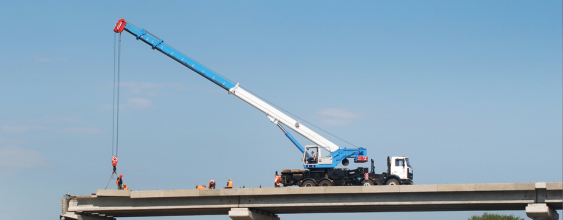As someone involved from the outset of major infrastructure projects, I believe it’s important for me to ask: “Who is the customer?” Redefining the traditional answer to that question can have a huge impact on the time, cost and outputs of a project.
Traditionally, the industry thinks of the customer in terms of a person who will use the infrastructure when it’s complete or the body responsible for operating it. But at WSP we’ve long championed the idea that the customer group is much broader than that. Along with our teams across the business, I’m challenging that assumption and continuously redefining what we mean by a customer.
The traditional definition leaves out the people whose lives will be affected by a project, even if they’re not directly involved in it – the people who live or work along the route of a railway, for example. On a basic level, considering these people’s needs as customers can smooth project delivery, for example by making planning objections less likely. However, I see much wider potential for unlocking social value.
If we think of the people and businesses affected by our projects as customers too, we consider what value we can create for them. Are there, for example, opportunities for local businesses to become involved in the supply chain? Or more ways that large companies like ours involved in a project can offer mentoring and support to small local businesses?
It’s a topic I care deeply about, although I’m aware that redefining the customer in this way is a big change for some in infrastructure. It will take collaborative working across programmes to identify opportunities at every stage of a project, not just during construction. But given the timescale of some major projects stretches into decades, I’m excited by the opportunity to build better futures for generations to come – if we can redefine what we mean by the customer.






.jpg)







